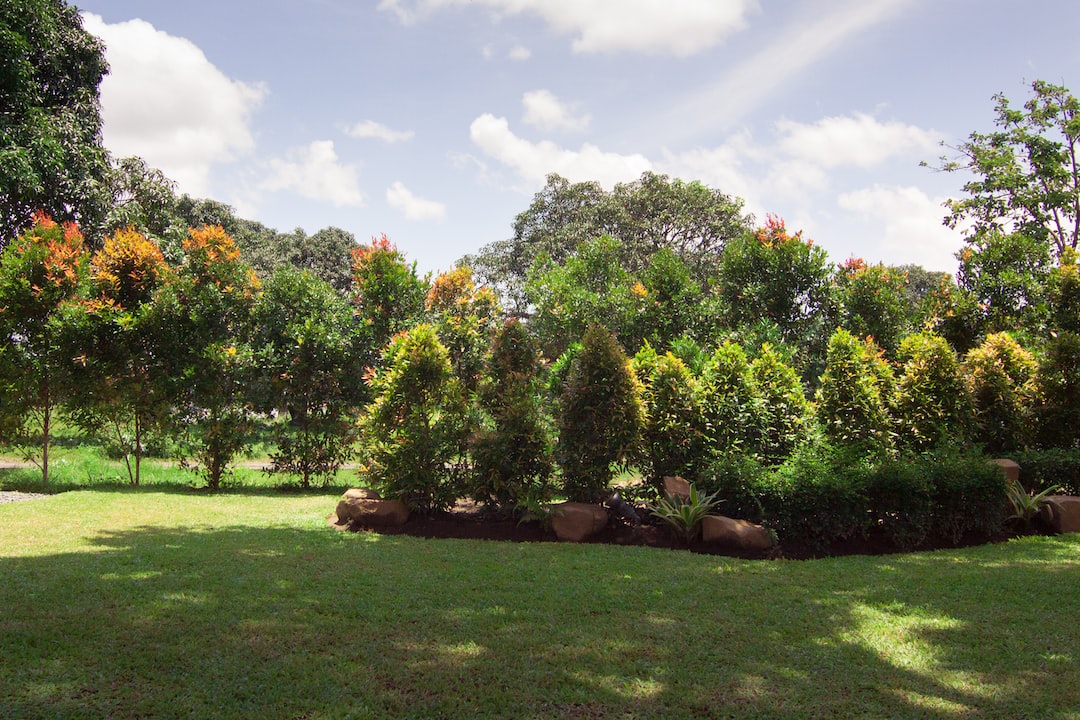Choosing a domestic landscape designer with a strong work ethic and practical communication abilities is crucial. It is also essential to find someone who will hear your thoughts and give you criticism.
Experience
The success of a residential landscape project begins with the quality and thoughtfulness of the design. Professional landscape architects and designers in Bay Area can translate your ideas and dreams into a reality using their design education, advanced horticultural knowledge, drafting and graphic skills, and hands-on experience. They also consider site conditions, soil, climate, and the unique character of your property. They create a detailed plan that is easy for others to understand, including the contractor and you, so the installation goes smoothly.
The Bay Area is a teeming cultural and environmental diversity hub with its revolutionary tech industry, beautiful cityscapes, and rolling hills surrounded by lush forests. It is also the home to an array of award-winning landscape architects.
With limited water availability, many landscaping firms are utilizing native plant species, designing water-efficient irrigation systems, and finding innovative ways to make greenery visually appealing and functional. A great way to find a reputable landscape architect is to request client references and review their portfolio.
Choosing the right landscape architect or designer can be daunting whether you want to revamp your backyard, install a new garden, or transform your front yard. However, carefully considering and researching allows you to choose the best professional. The right landscape designer will transform your outdoor living space into an unforgettable experience and help you get the most out of your investment by providing you with a functional and beautiful landscape for years.
Specialization
Landscape architecture is a creative design profession that involves developing and planning outdoor spaces for public or private use. It calls for a potent creative vision and the capacity to think creatively beyond the box. Having technical skills and understanding the environment you are designing is also essential.
Landscape architects can specialize in many areas, such as urban planning or ecological restoration. Some also work with nonprofit organizations or universities as researchers, teachers, and administrators. Other landscape architects choose to work independently as freelancers.
After earning a bachelor’s or master’s degree in landscape architecture, you can apply for licensure by taking the Landscape Architect Registration Examination (LARE). The LARE is an essential step to becoming a licensed landscape architect. The licensing requirements vary by state, but most require you to complete a bachelor’s or master’s program from an accredited landscape architecture school and pass the exam.
Some landscape architects also work as environmental planners, designing land use plans and acting as intermediaries between natural scientists and government agencies. Others focus on horticulture and plant sciences, while others specialize in specific landscape styles, such as modern, Mediterranean, or drought-tolerant landscaping. Choosing a landscape architect specializing in your desired aesthetic can help you achieve the perfect yard for your home.
Portfolio
A designer’s portfolio is a window into their past projects and style. It is essential to look at the full range of projects they have completed and their level of involvement, including design consultation, concept development, planting plans, construction documents, and project management. It is also helpful to see images of the finished landscape and hear from previous clients about their experience working with the designer.
California’s landscape architects must contend with many obstacles, including strict water management regulations and the risk of wildfires. Homes in wildland-urban interface zones must be surrounded by defensible space that slows fire advance and protects property. It often requires retaining walls, erosion control blankets, terraced landscapes, and native or low-water-use plants. Landscapes in hillside communities require exceptional drainage and soil stability consideration to prevent runoff, which can damage the landscape and surrounding ecosystems.
Client Reviews
A front, back, or side yard design can offer more than curb appeal. For homeowners living in wildland-urban interface areas, well-designed landscaped yards can help slow the advance of flames and prevent them from reaching their homes, a process known as “defensible space.”
A successful project requires effective communication between the client and the designer. Look for a professional who listens and is responsive to feedback, especially during the initial consultation. Ask for references and testimonials from past clients to get a sense of their work ethic and communication style.
Some landscape designers only handle the design stage, while others take on all aspects of landscaping, including construction. If you are working with a designer who will also handle the installation, make sure they understand your vision and budget for the project and are willing to collaborate.


